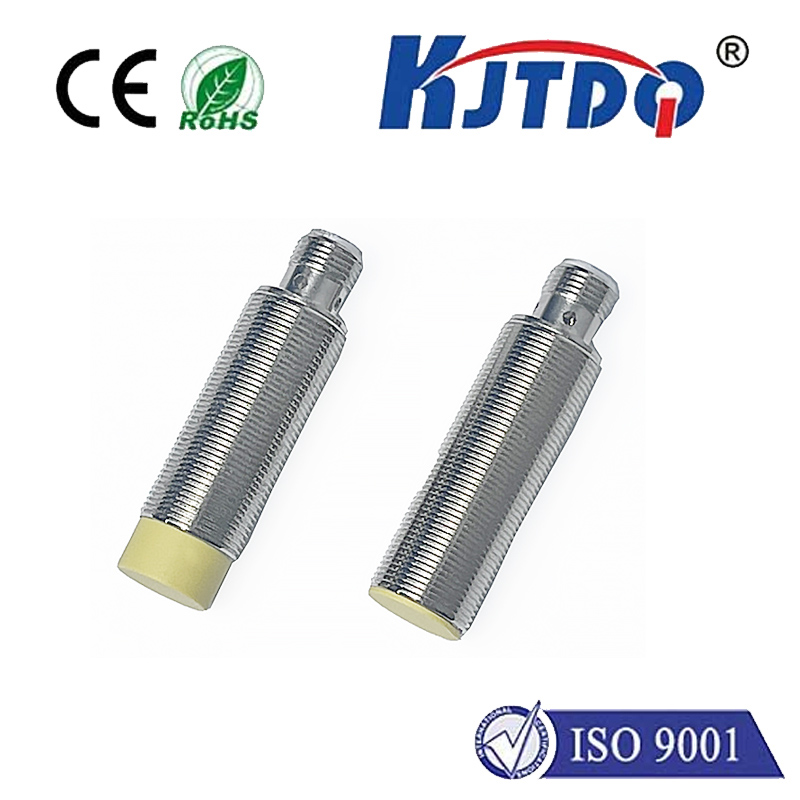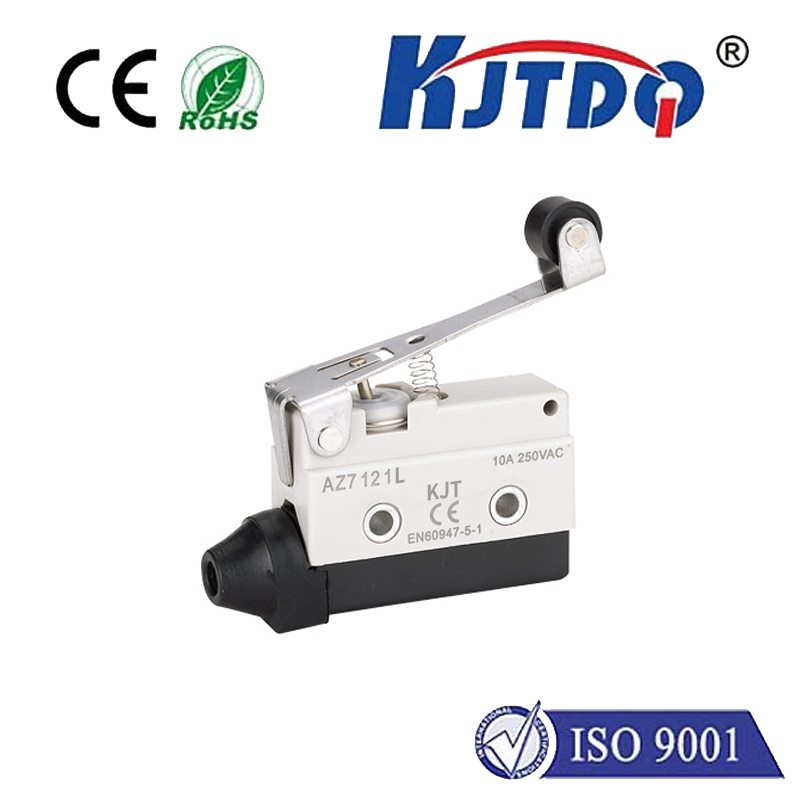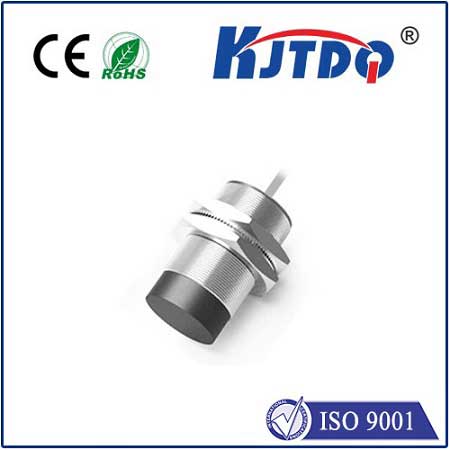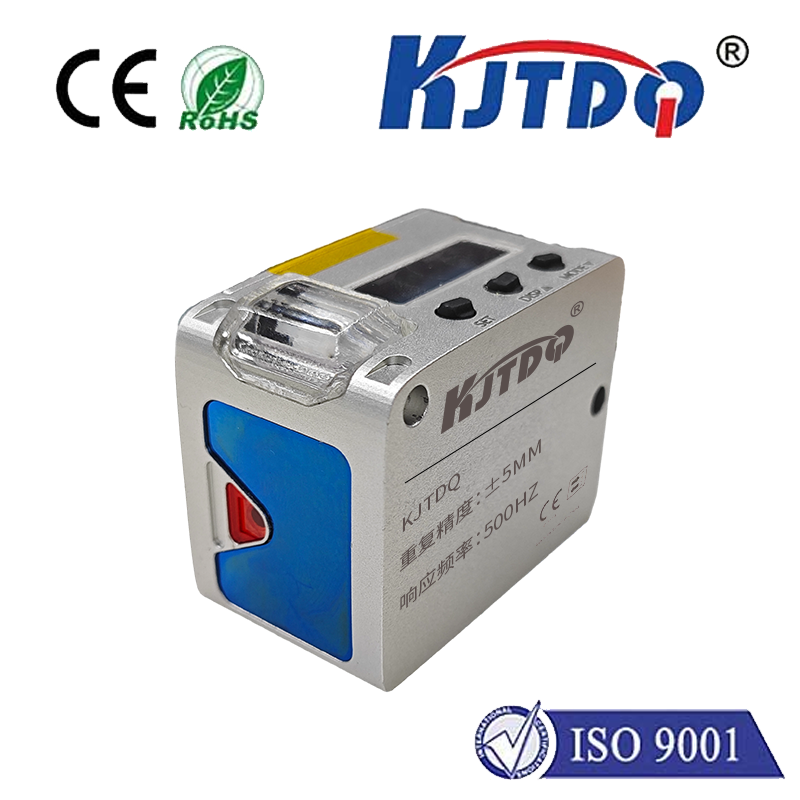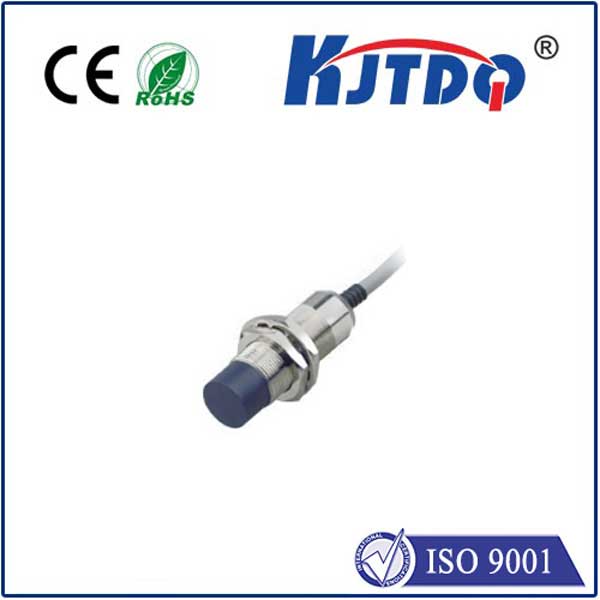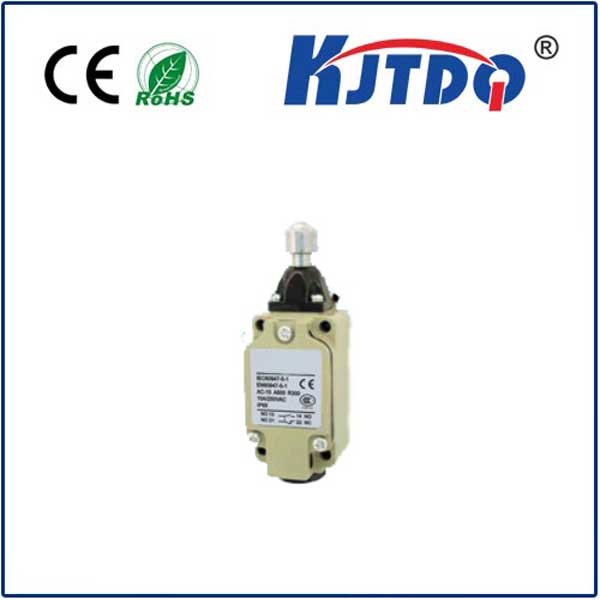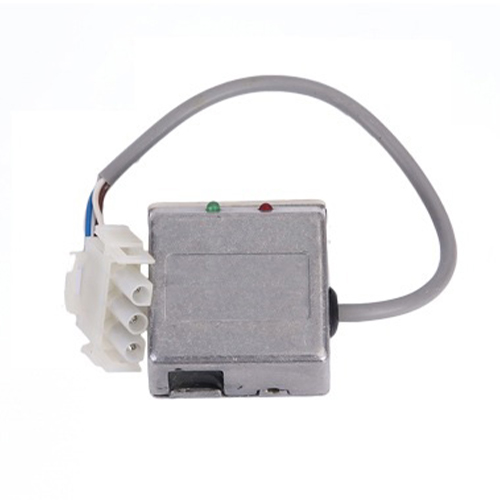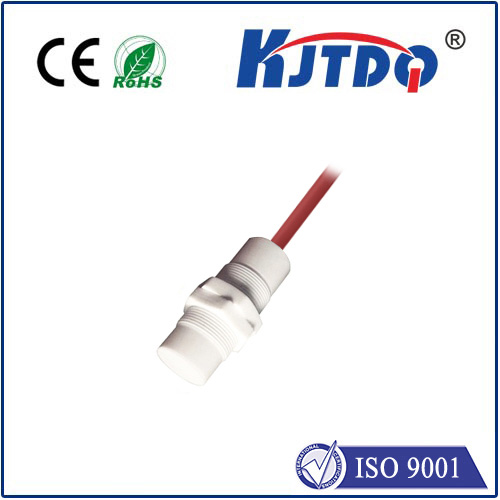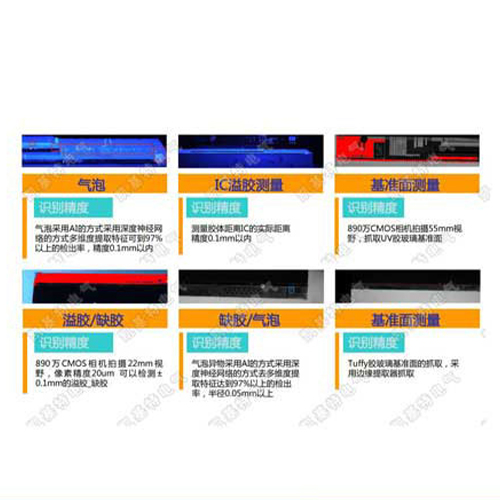wireless pressure sensor
- time:2025-08-19 09:34:02
- Нажмите:0
The Unsung Hero of Industry: How Wireless Pressure Sensors Are Revolutionizing Monitoring
Imagine a maintenance technician scaling a towering petroleum storage tank. Historically, checking its pressure meant manual gauges, risky climbs, and infrequent data snapshots. Now, picture a small device silently attached near the base, continuously transmitting critical pressure readings to an engineer miles away, in real-time. This is the profound, often overlooked, impact of the wireless pressure sensor. Far more than a simple gadget, this technology is quietly transforming how industries monitor, operate, and maintain vital systems, ushering in unprecedented levels of safety, efficiency, and insight.
What Exactly is a Wireless Pressure Sensor?
At its core, a wireless pressure sensor is an electronic device designed to measure the force exerted by a gas or liquid and transmit that data without physical wires. It combines two essential elements:
- The Sensing Element: This is the part that physically detects pressure changes. Common technologies include piezoresistive (using strain gauges), capacitive (detecting diaphragm displacement), or optical methods. This element translates physical pressure into an electrical signal.
- The Wireless Transmitter: This component encodes the electrical signal from the sensor and transmits it wirelessly to a receiver, gateway, or cloud platform using communication protocols like Zigbee, LoRaWAN, NB-IoT, Wi-Fi, or Bluetooth Low Energy (BLE). Power is typically derived from integrated batteries or energy harvesting techniques.
The synergy between sensing and wireless communication eliminates the traditional barriers and costs associated with complex wiring installations.

Why the Shift to Wireless? Key Advantages Driving Adoption
The move away from traditional wired sensors isn’t just convenient; it delivers tangible, substantial benefits:
- Radically Simplified Installation & Reduced Costs: Eliminating miles of conduit, cable trays, and specialized installation labor significantly cuts both upfront capital expenditure (CAPEX) and long-term maintenance costs associated with wiring degradation. This is particularly impactful in large industrial plants or sprawling infrastructure. Deployment becomes faster and less disruptive.
- Accessing the Previously Inaccessible: Wireless pressure sensors excel in monitoring hazardous environments, rotating equipment, moving parts, or remote locations where running wires is impractical, dangerous, or prohibitively expensive. Think of deep pipelines, offshore platforms, highly corrosive chemical zones, or mobile machinery.
- Enhanced Scalability & Flexibility: Adding a new monitoring point? Simply deploy another sensor. Wireless networks allow for easy scaling of sensor networks without major rewiring projects. Sensors can also be relocated far more easily as processes or priorities change. This fosters agile condition-based maintenance strategies.
- Real-Time Monitoring & Predictive Power: Constant, automated data transmission enables true real-time monitoring. This is crucial for early detection of leaks, pressure surges, pump failures, or blockages before they escalate into costly downtime, safety incidents, or product loss. This data feeds predictive maintenance algorithms, shifting from reactive repairs to proactive intervention.
- Повышение безопасности: Reducing the need for personnel to physically access potentially dangerous areas for manual readings inherently enhances workplace safety. Battery life advancements and robust designs ensure reliable operation even in harsh conditions.
Unlocking Potential Across Diverse Industries
The applications for wireless pressure sensors are vast and continually expanding:
- Industrial Process Control & Manufacturing: Monitoring filtration systems, reactor pressures, hydraulic/pneumatic lines, pump performance, and tank levels across factories. Enables tighter process control and energy efficiency optimization.
- Water & Wastewater Management: Tracking pressure in distribution networks to detect leaks, optimize pump control, monitor reservoir levels, and prevent pipe bursts. Critical for resource conservation.
- Oil & Gas: Essential for pipeline monitoring (detecting pressure drops signifying leaks), wellhead monitoring, tank farm level/pressure, and offshore platform safety systems. Enhances environmental protection and operational integrity.
- HVAC & Building Management: Balancing system pressures, monitoring chillers/boilers, optimizing energy use in heating/cooling loops, and ensuring occupant comfort.
- Сельское хозяйство: Monitoring irrigation system pressures, tank levels for fertilizers/pesticides, and pressures in automated livestock feeding systems.
- Здравоохранение: Used in portable medical devices and specific diagnostic equipment where wired connections are cumbersome.
- Transportation: Monitoring tire pressure in real-time (TPMS – indirectly related), hydraulic systems in heavy equipment, and fuel tank pressures.
Navigating Choices: Key Considerations When Selecting Wireless Pressure Sensors
Not all wireless pressure sensors are created equal. Critical factors to ponder include:
- Communication Protocol: Choose based on required range (LoRaWAN, NB-IoT for long-range, low-power), data rate (Wi-Fi for high speed), network infrastructure, and interoperability needs. Надежность and penetration in the specific environment are key.
- Battery Life & Power Source: How long can the sensor operate before needing a battery change? Is energy harvesting (solar, vibration, thermal) feasible? Long battery life is crucial for maintenance-free operation, especially in hard-to-reach locations.
- Environmental Ruggedness: Consider the required ingress protection (IP rating), operating temperature range, and chemical compatibility for the deployment environment (hazardous areas may require specific certifications like ATEX/IECEx).
- Accuracy & Range: Ensure the sensor’s accuracy specifications and pressure measurement range meet the application’s demands.
- Security: Data security is paramount. Ensure the wireless protocol and system offer robust encryption and authentication mechanisms to protect sensitive operational data.
- Data Management & Integration: How easily does the sensor data integrate into existing SCADA, Historian, or cloud-based IIoT platforms for visualization and analysis? Open standards facilitate easier integration.
The Future is Untethered
Wireless pressure sensors are not merely a replacement technology; they are an enabling force for the Industrial Internet of Things (IIoT). By breaking the physical constraints of wires, they generate rich, continuous data streams that unlock new levels of operational visibility, predictive maintenance, resource optimization, and safety. From preventing catastrophic failures in pipelines to optimizing water usage in agriculture and ensuring smooth manufacturing processes, the wireless pressure sensor is proving itself to be an indispensable, albeit often unseen, hero of modern industry. As wireless protocols continue to evolve, power efficiency improves, and costs decrease, their deployment will become even more ubiquitous, silently driving efficiency and innovation across our engineered world. The potential for optimization and smarter, safer operations is vast.

